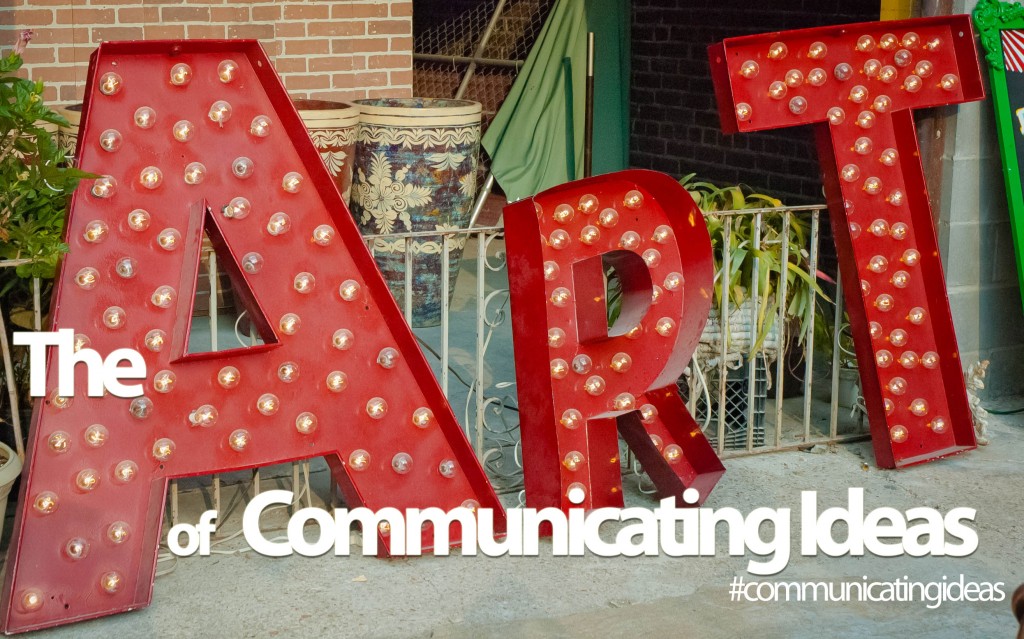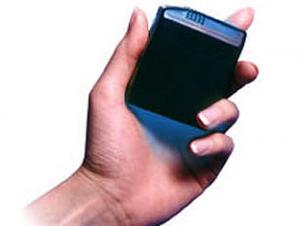Why Athletes Should Wear Pants
A subtitle to this post “why athletes should wear pants” could be: How Radio Can Take Advantage of Viral Video:
A subtitle to this post “why athletes should wear pants” could be: How Radio Can Take Advantage of Viral Video:

I‘ve worked in and studied the art of communicating ideas for over 25 years. To me, how we communicate ideas to each other is a never ending fascination.
Today we live in what my friend Nick Michaels calls “the over communicated world”, with a never ending stream of new and interesting ways to connect through traditional and digital channels.
The purpose of this blog is to explore, understand and craft the way we communicate: verbally and visually, theoretically and practically, informally and professionally.
If you work in the media or are simply a casual student, this blog promises to inspire and intrigue.
Subscribe now to be sure you don’t miss a thing!
Noted radio consultant Mark Ramsey on his Hear 2.0 blog recently posed the question that if Amazon.com could “…disaggregate the “book” from a book and monetize it, how can you disaggregate the “radio” from your radio station and monetize that?” A fantastic observation on Mark’s part.
In fact I believe it is possible through the medium of podcasting. Which up until now has been the exclusive domain of the “weekend broadcaster” recorded live on their kitchen table. Radio can do a better job, after all it’s what we do. Imagine news-talk radio going more in depth on local stories they don’t usually give more than a 30 second set-up and sound bite to in a “60 Minutes” type of investigative show. Or music stations getting deeper into the music, again, something similar to VH1’s behind the music. The question remains, would listeners be willing to pay for it?
Take for example Scott Smith who launched his Motivation to Move website, blog and podcast in 2006 and has been enjoying significant success, boasting as many as 40-thousand paying subscribers.
Can radio take “the radio” out of radio? Oh yes they can! It’s a matter of getting out of the tiny box they’ve placed themselves into …pun intended.
From the Media Futurist Gerd Leonhard blog:
Over the course of the next 5-6 years, the importance of getting Air-Play on terrestrial i.e. traditional, programmed radio will drastically decline, as people are switching to the Internet (and by extension, to each other) as the #1 way of sourcing music programs. We will see a drastic increase in fragmentation as people will do anything from carefully customizing each track in their lists to just listen to ‘what’s on’ – and there will be 100s of permutations in between. From total engagement to total passive consumption, there will be offers covering each – and they will all be connected.
Because of the strong uptake in next generation mobile devices (fka cell phones), the explosive proliferation of social networks and the drastic increase in wireless broadband capabilities at ever decreasing costs (yes, not yet – but give it another 18 months) we will see people use their mobile devices as prime instruments of listening to radio-like music programs – there will be hundreds of radio/music apps available via the various app stores that each device maker AND operator will offer; some paid, most feels-like-free, some sponsored….
>>>read more
So what is the future of radio as a communication medium? I believe radio should become a talk based dispenser of (relevant) information. Is radio to blame or is it technology? Should radio now focus it’s efforts on supplying content for new technology as a way to survive? Does it know what content is anymore…?
http://www.mediafuturist.com/2009/02/marketing-music-20-the-importance-of-traditional-air-play-radio-versus-net-play.html
I have always said that good radio (or any kind of communication) comes from good writing. Here is an incredible example of that. Enjoy!

As PPM (Portable People Meter™) continues it’s roll out in markets all over North America most recently in Dallas-Ft. Worth, Atlanta, Washington DC and Detroit, I think this has become a legitimate question as posed by one of my Canadian clients. At the risk of sounding like a self preservationist the simple answer is no, imaging is just as important as ever!
Putting the subject of ‘reach’ aside for another time, PPM has given us a powerful way to collect listener data in the same way that barcodes revolutionized the way corporations keep track of inventory. However, do you think that Coca Cola stopped putting it’s famous red and white design on it’s, cans, bottles and boxes now that they had a barcode system? Again, the answer is no.
The packaging of your radio station is just as important as it was before.

Fill out this form to download your copy